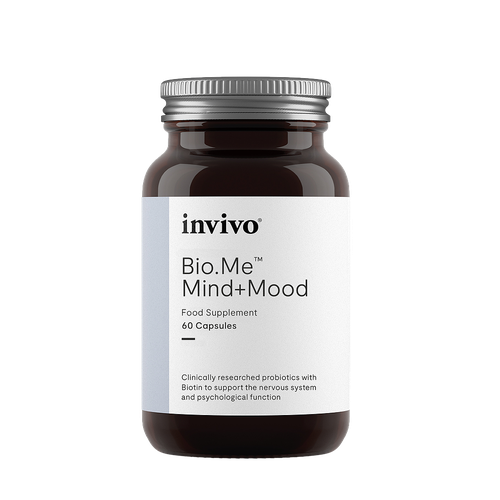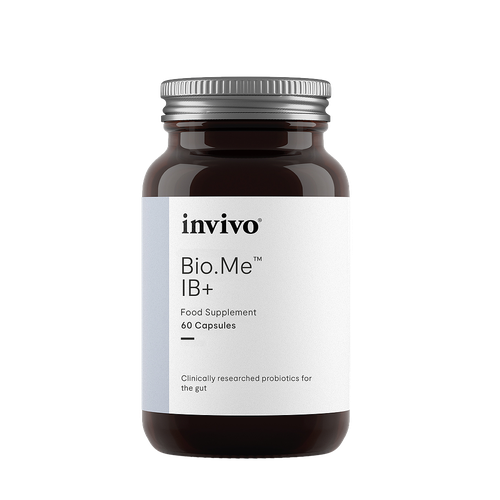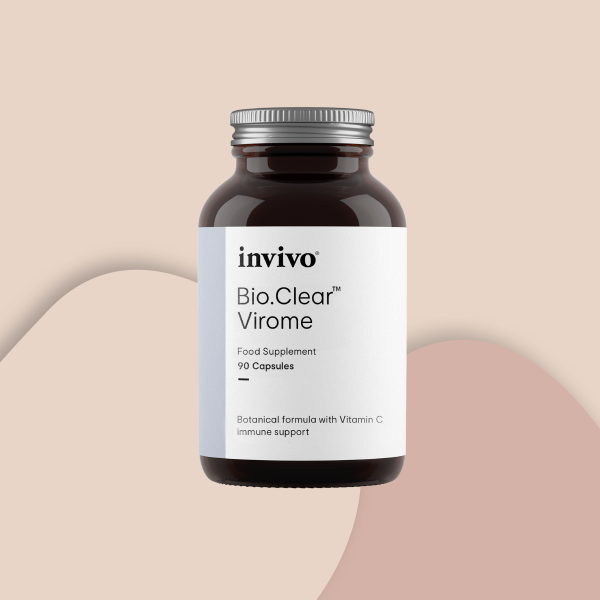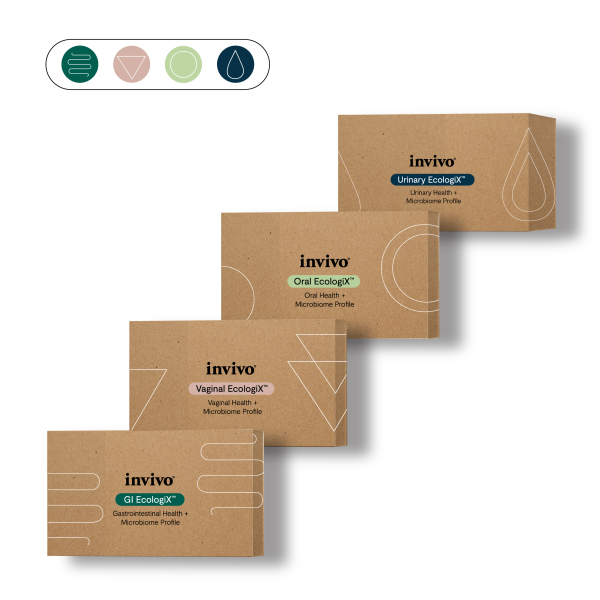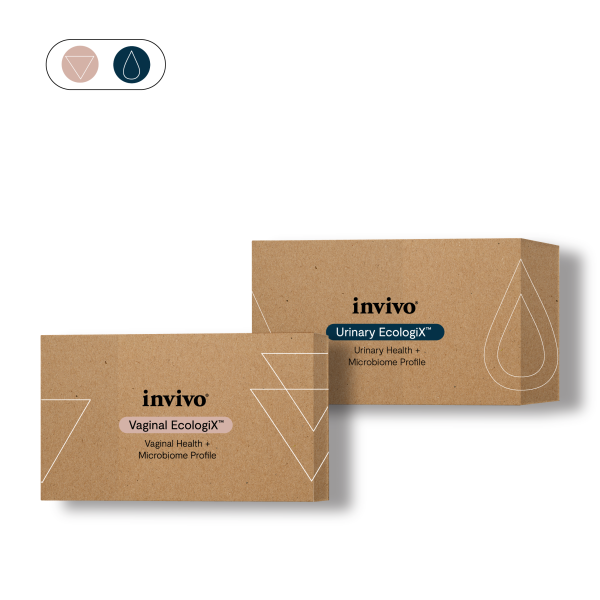Rikkunshito
Hesperidin (MicrobiomeX® citrus peel), red date (Zizyphus spinosa), liquorice (Glycyrrhiza glabra), ginseng (Panax ginseng) and poria mushroom (Poria cocus)
Rikkunshito has traditionally been used to treat functional dyspepsia (indigestion) and recent human studies have indicated that is also effective in gastroesophageal reflux disease (GERD), duodenogastroesophageal reflux (DGER) and non-ulcerative dyspepsia (1).
Human clinical trials in patients and children that have post-operative complications after GI surgery have shown improvements in dyspepsia symptoms (1). Additionally, human trials have shown an improvement of anorexia, in patients with functional dyspepsia (2).
The mechanisms of action are varied. Rikkunshito has been shown to promote adaptive gastric relaxation and to facilitate gastric emptying. It also improves nitric oxide signalling (1), and increases plasma-active ghrelin (2,3), both of which play an important role in gastrointestinal tract (GIT) motility.
The prokinetic actions of rikkunshito are thought to be the main reason for its amelioration of GERD symptoms (3). This may be due to rikkunshito’s high capacity for adsorption of cytotoxic bile salts (3).
Studies have revealed that bile salts exhibit mainly cytotoxic but also certain stimulatory effects towards the intestinal epithelium (4). Previous clinical studies have suggested that toxic secondary bile acid fractions were detected more frequently in patients with symptoms of GERD (5). This study also indicated that reflux mixed with gastric acid and bile acid, is more harmful than gastric acid reflux alone, with a possible toxic synergism (5).
Taken together, it is possible that rikkunshito is not only involved in gastric emptying through its prokinetic action, but may also reduce the bile acid exposure of the oesophageal mucosa by adsorbing bile salts (3).
